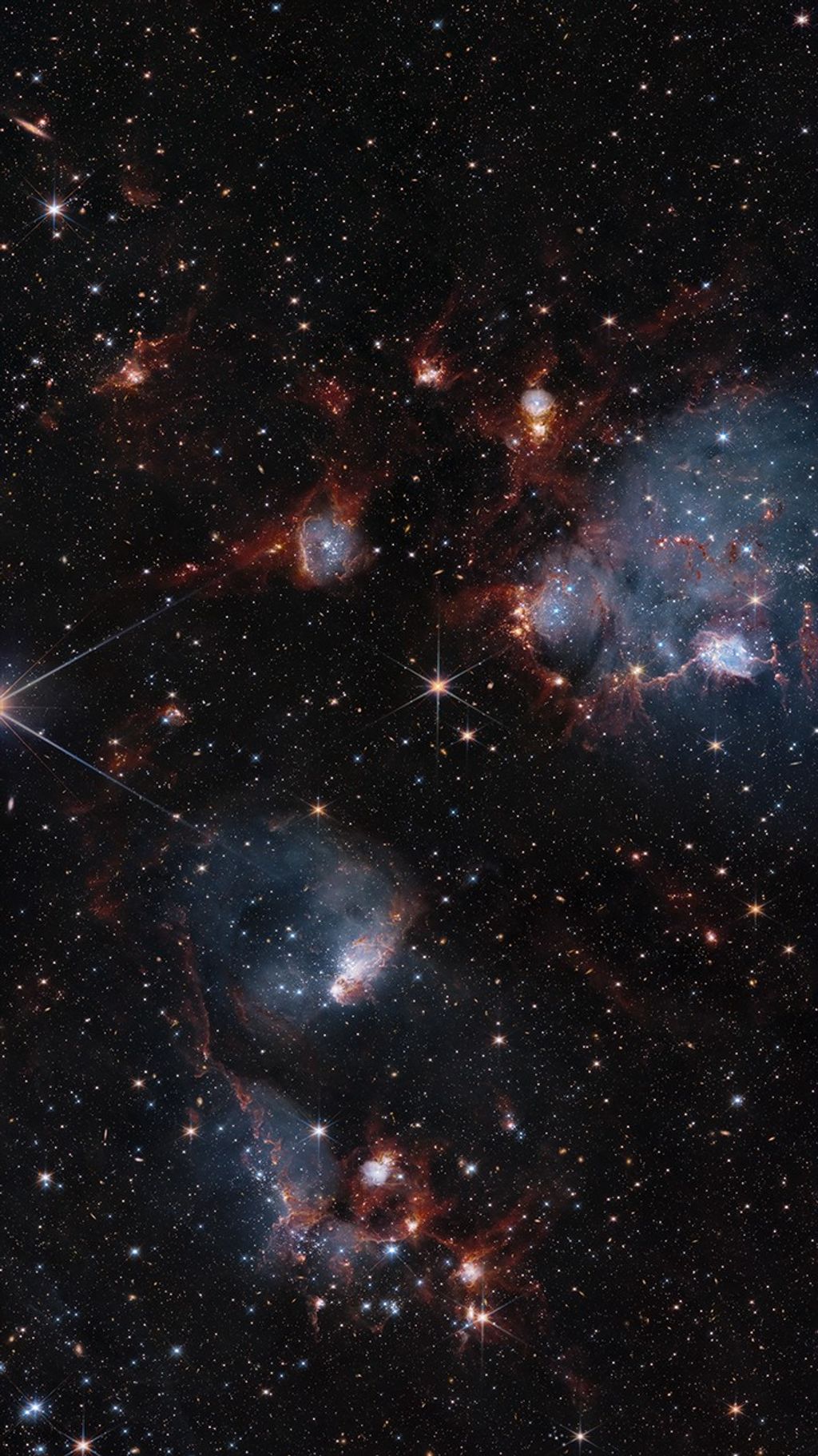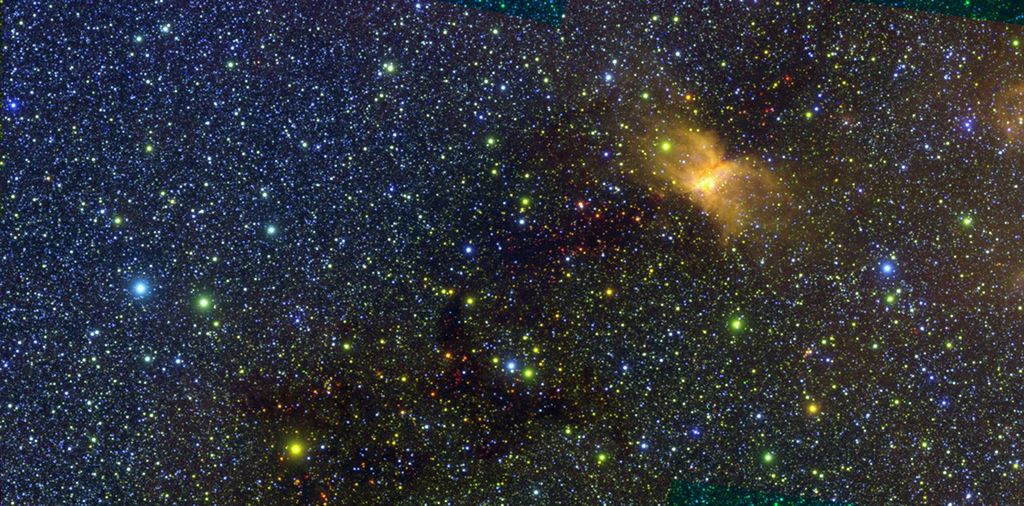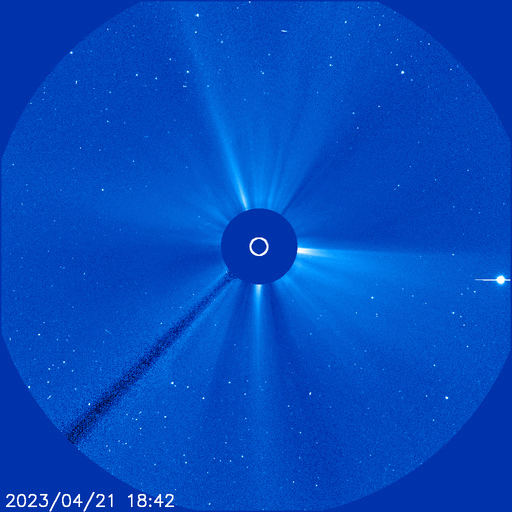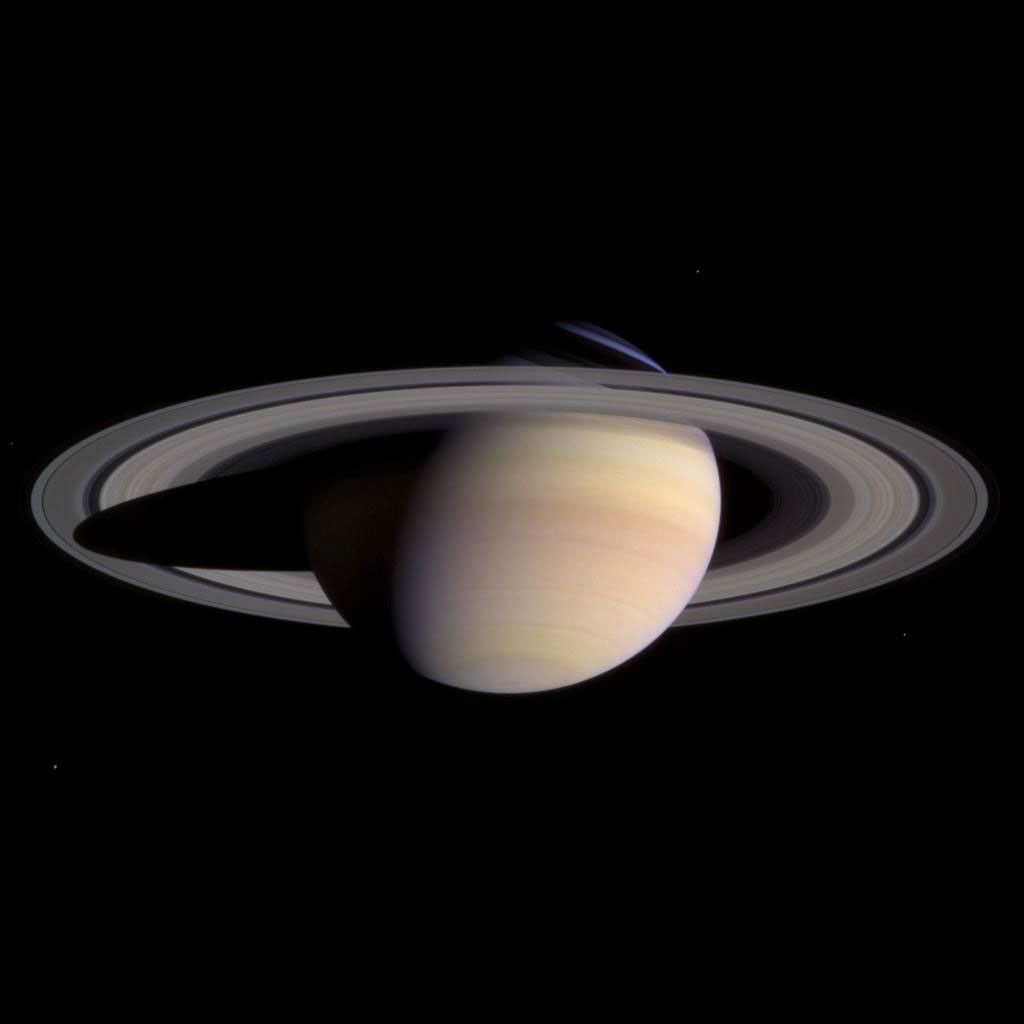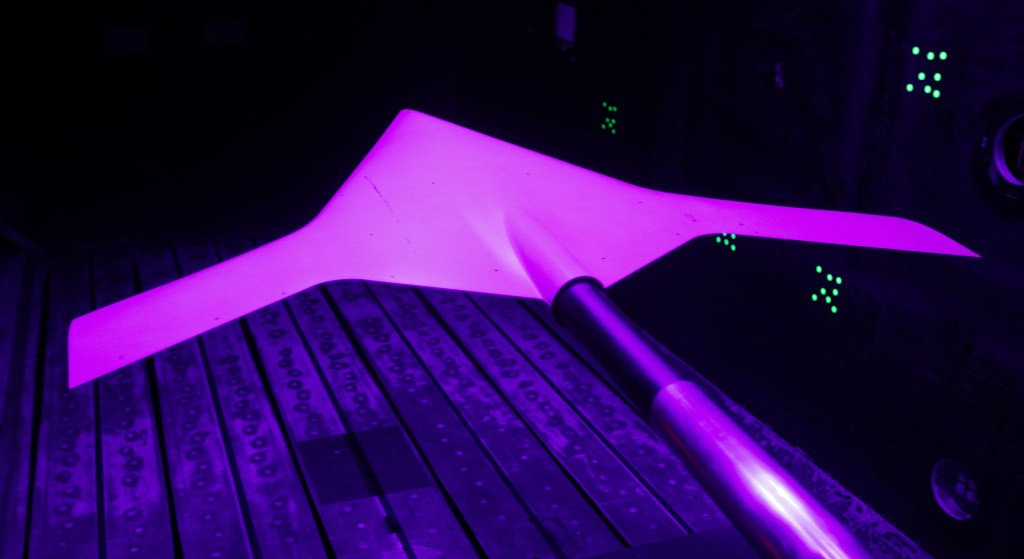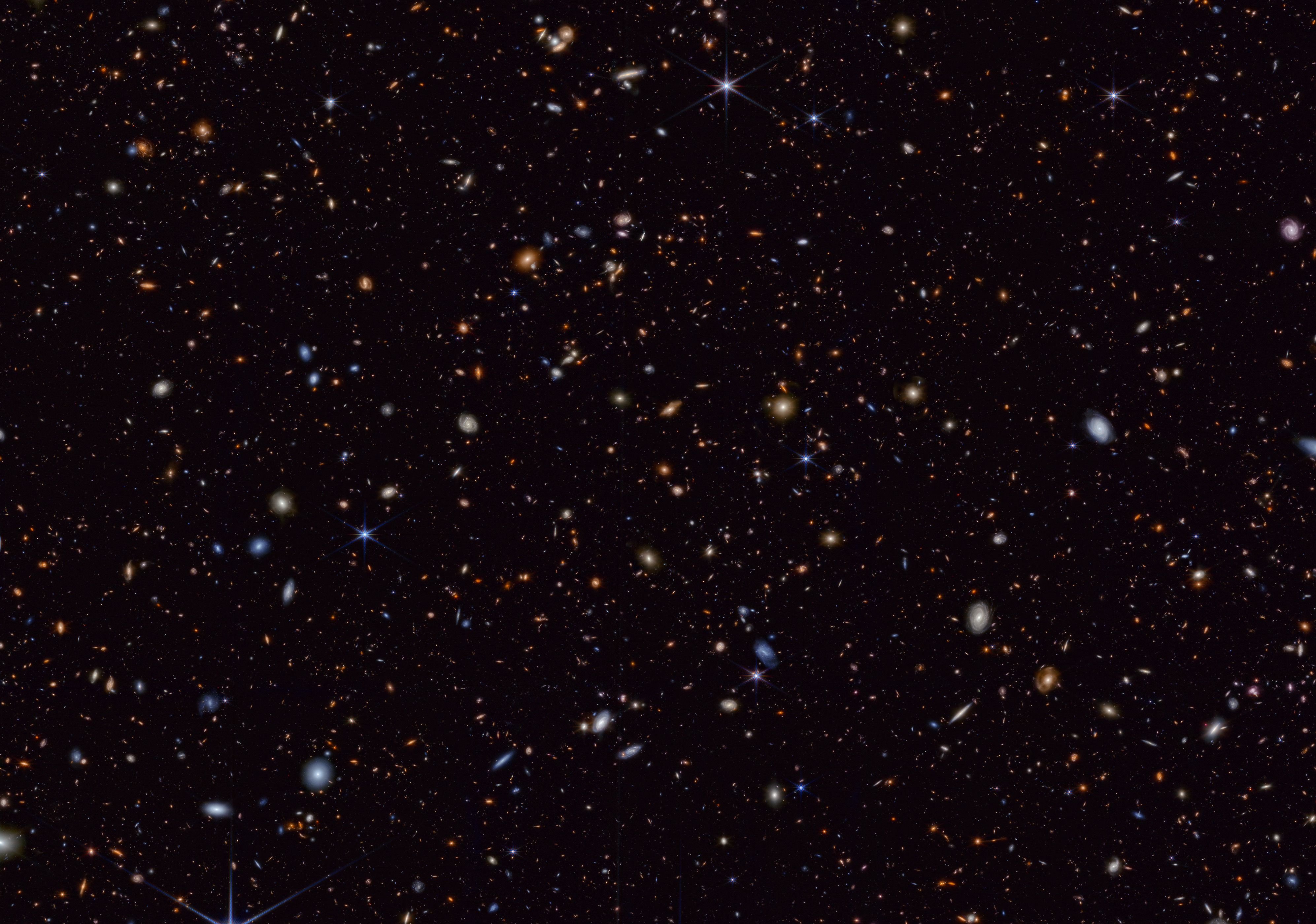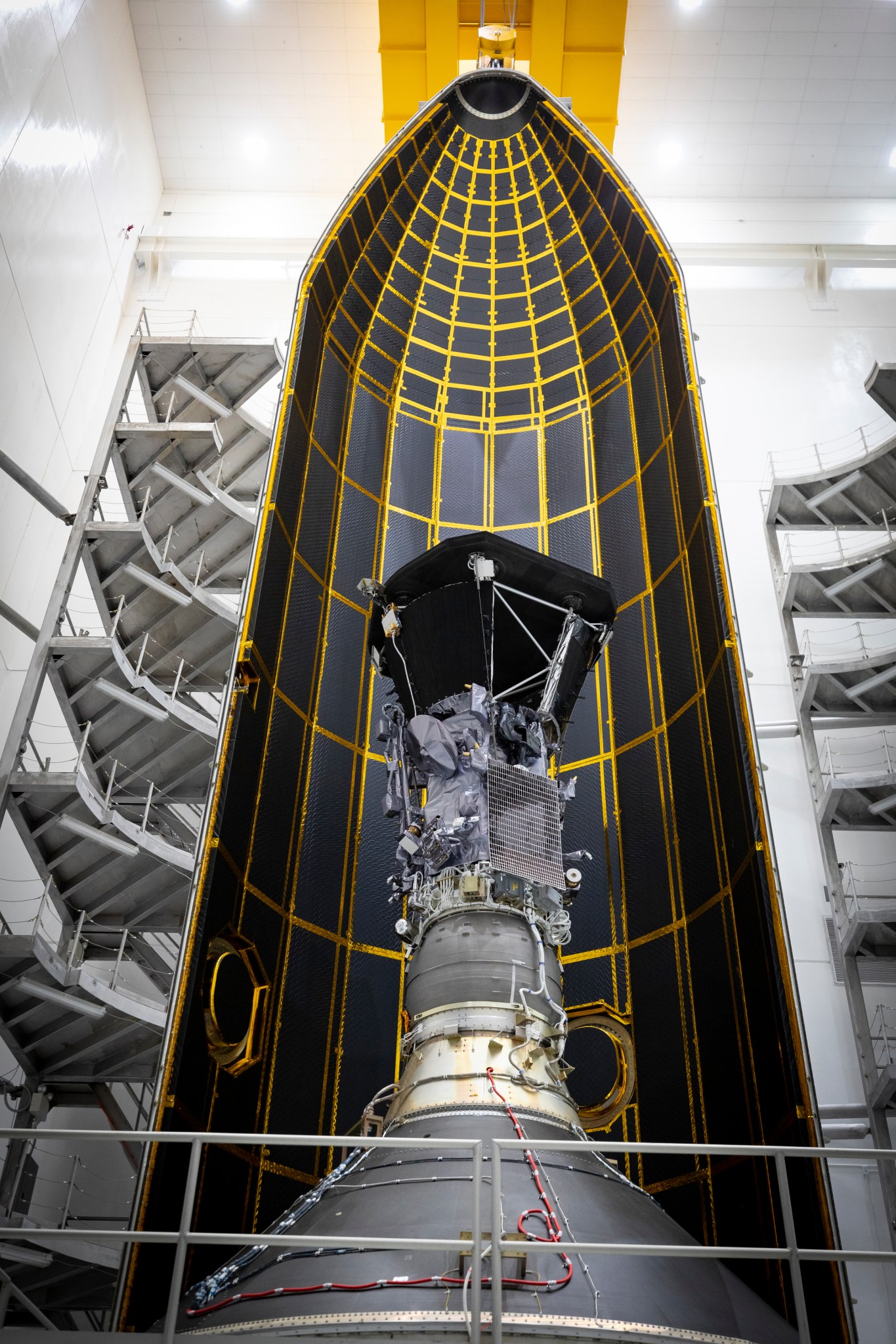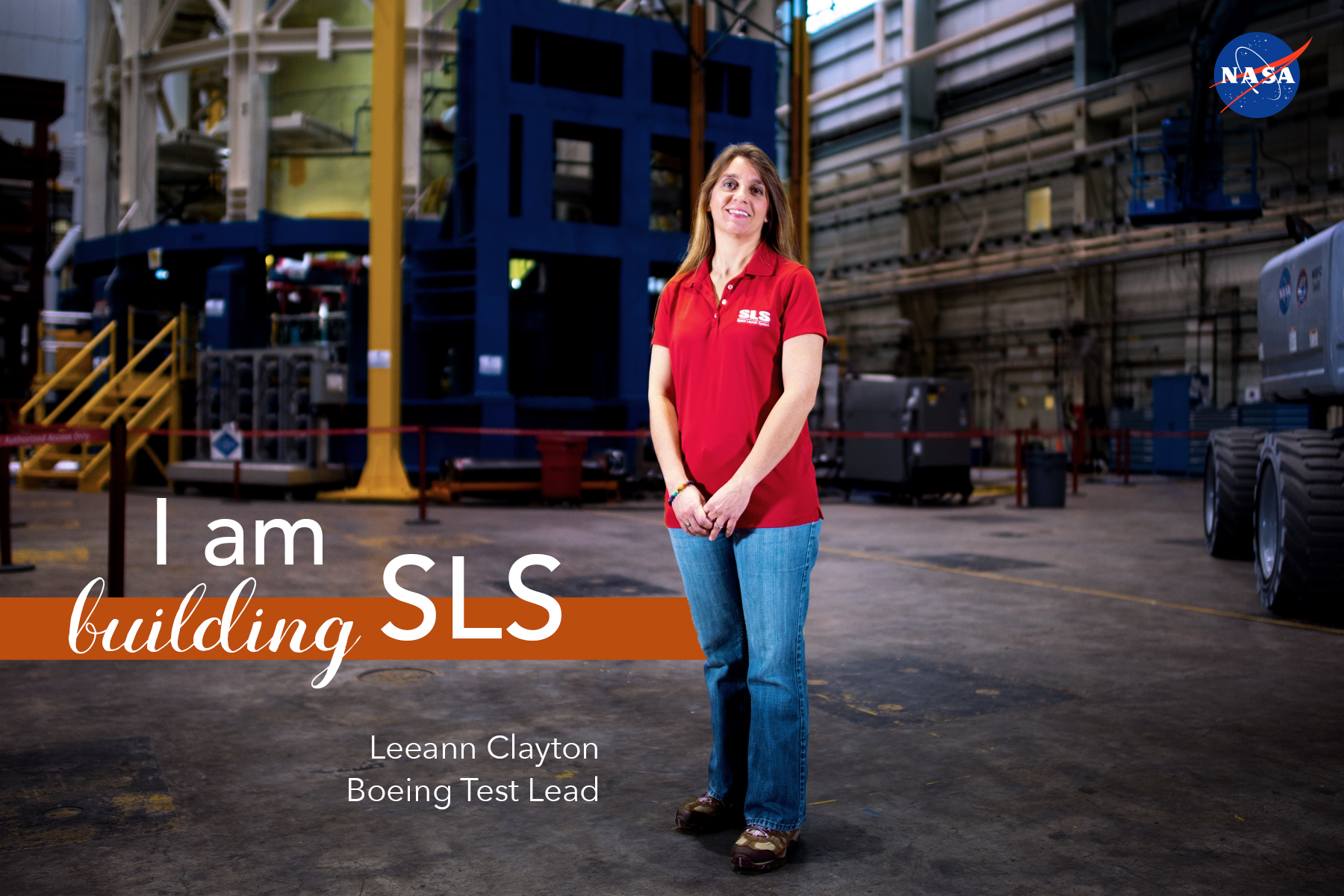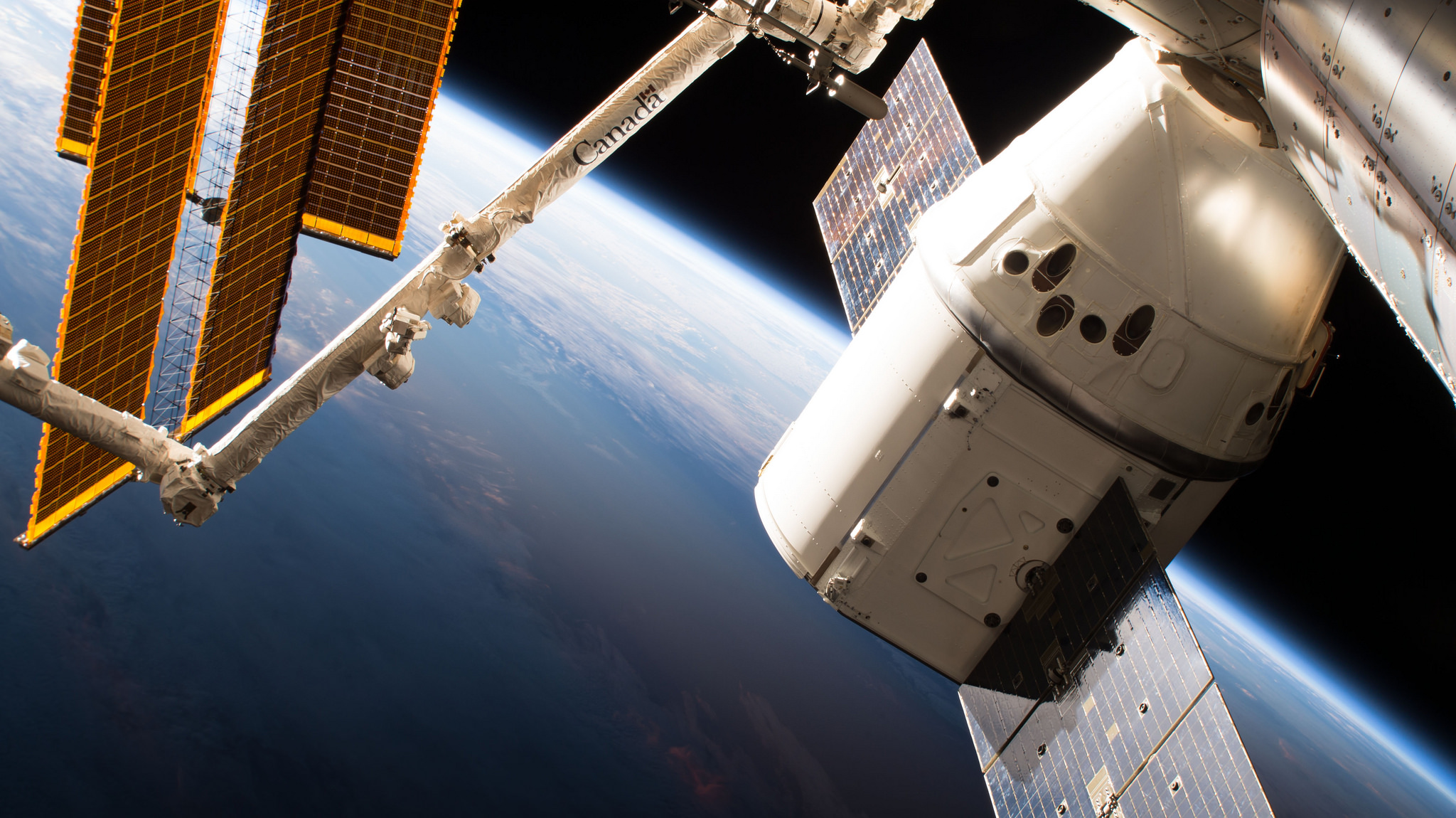In This Week’s Star
- Town Hall with NASA Administrator Jim Bridenstine Aug. 15
- NASA Assigns Crews to First Test Flights, Missions on Commercial Spacecraft
- NASA Set to Launch Parker Solar Probe on Mission to Touch Sun
- I Am Building SLS: Leeann Clayton
- SpaceX Dragon Capsule Returns Science, Cargo from ISS
- Marshall Summer Interns Highlight Work Experiences During Poster Exposition
- This Week in NASA History: Juno Launches – Aug. 5, 2011
Town Hall with NASA Administrator Jim Bridenstine Aug. 15
NASA Marshall Space Flight Center team members are encouraged to attend a town hall meeting with NASA Administrator Jim Bridenstine at 2:15 p.m. Aug. 15 in Activities Building 4316.
Bridenstine will be joined by Jody Singer, Marshall Space Flight Center acting director. Singer was named Marshall’s acting director July 27, following the retirement of former Center Director Todd May.
After Bridenstine’s remarks, he will answer questions during a question-and-answer session. The meeting is part of Bridenstine’s multi-center tour in which he is meeting with team members at all NASA centers and facilities.
Prior to the town hall, Bridenstine will hear from Marshall leadership and meet with team members before touring facilities at the Center. Bridenstine was sworn in as NASA’s 13th administrator on April 23. As part of the multi-center tour, he also will visit NASA’s Michoud Assembly Facility on Aug. 13.
Marshall team members unable to attend can watch the all-hands meeting live on Marshall Desktop TV.
NASA Assigns Crews to First Test Flights, Missions on Commercial Spacecraft
NASA has introduced the first U.S. astronauts set to fly on American-made, commercial spacecraft to and from the International Space Station — returning astronaut launches to U.S. soil for the first time since the space shuttle’s retirement in 2011.
“Today, our country’s dreams of greater achievements in space are within our grasp,” NASA Administrator Jim Bridenstine announced Aug. 3. “This accomplished group of American astronauts, flying on new spacecraft developed by our commercial partners Boeing and SpaceX, will launch a new era of human spaceflight.”
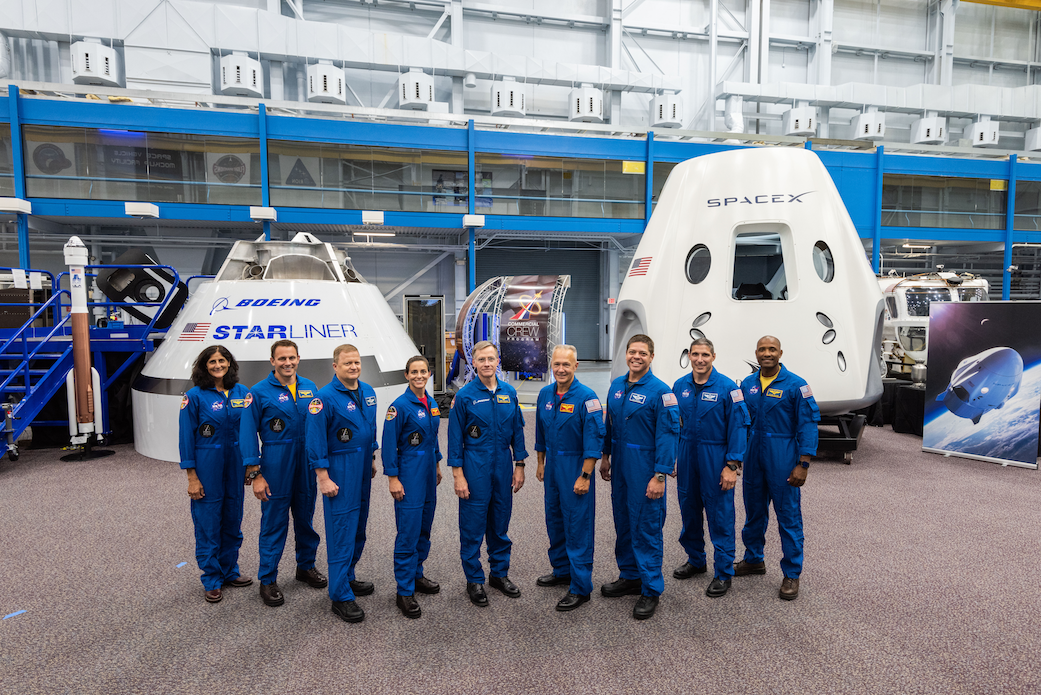
The ambitious commercial flight plan “advances our great American vision and strengthens the nation’s leadership in space,” he added.
NASA assigned nine astronauts to crew the first test flight and mission of both Boeing’s CST-100 Starliner and SpaceX’s Crew Dragon. The agency has worked closely with the companies throughout design, development and testing to ensure the systems meet NASA’s safety and performance requirements.
Boeing’s Starliner will launch aboard a United Launch Alliance Atlas V rocket from Space Launch Complex 41 at Cape Canaveral Air Force Station in Florida. The Starliner test flight astronauts are Eric Boe, Christopher Ferguson and Nicole Aunapu Mann.
SpaceX’s Crew Dragon will launch aboard a SpaceX Falcon 9 rocket from Launch Complex 39A at Kennedy Space Center. The Crew Dragon test flight astronauts are Robert Behnken and Douglas Hurley.
After each company successfully completes its crewed test flight, NASA will begin the final process of certifying that spacecraft and systems for regular crewed missions to the space station. The agency has contracted six missions, with as many as four astronauts per mission, for each company.
The Starliner First Mission astronauts are Josh Cassada and Sunita Williams. The Crew Dragon First Mission astronauts are Victor Glover and Michael Hopkins. Additional crew members will be assigned by NASA’s international partners at a later date.
NASA’s continuous presence on the space station for almost 18 years has enabled technology demonstrations and research in biology and biotechnology, Earth and space science, human health and the physical sciences. This research has led to dramatic improvements in technology, infrastructure and medicine, and thousands of spinoff technologies that have improved quality of life here on Earth. NASA’s Marshall Space Flight Center oversees all research experiments on the station from the Payload Operations Integration Center, the agency’s round-the-clock science communication epicenter since 2001.
The new spaceflight capability provided by Boeing and SpaceX will allow NASA to maintain a crew of seven astronauts on the space station, thereby maximizing research that leads to breakthroughs and also aids in understanding and mitigating the challenges of long-duration spaceflight.
NASA’s Commercial Crew Program is facilitating the development of a U.S. commercial crew space transportation capability with the goal of achieving safe, reliable and cost-effective access to and from the International Space Station and low-Earth orbit. The public-private partnerships fostered by the program will stimulate growth in a robust commercial space industry and spark life-changing innovations for future generations.
NASA Set to Launch Parker Solar Probe on Mission to Touch Sun
When the Parker Solar Probe launches Aug. 11 at 2:33 a.m. CDT, NASA and its partners nationwide will finally see a 60-year goal achieved: flying a powerful, versatile probe some 90 million miles into the Sun’s turbulent outer atmosphere for direct study.
“We’ve been studying the Sun for decades, and now we’re finally going to go where the action is,” said Alex Young, associate director for science in the Heliophysics Science Division at NASA’s Goddard Space Flight Center. No human-made object has ever orbited so close to Earth’s star.
The atmosphere of our dynamic and magnetically active star constantly sends magnetized material outward, influencing the entire solar system. Coils of magnetic energy can burst out with titanic light and particle radiation, temporarily disrupting our atmosphere and garbling radio and communications signals. The key to understanding this violent “space weather” lies in understanding the Sun itself.
Enter the Parker Solar Probe. The craft carries a lineup of state-of-the-art instruments to help scientists unlock three key mysteries about our star: the reason for the acceleration of the solar wind, or the Sun’s constant outflow of material; the source of the corona’s enormously high temperatures, which can spike up to several million degrees Fahrenheit; and the unknown mechanisms behind the acceleration of solar energetic particles, which can hurtle into the solar system at more than half the speed of light, sometimes interfering with our satellite electronics.
NASA’s Marshall Space Flight Center has played a role in developing and testing a key instrument that will scoop up and examine the solar wind itself as the probe passes closer to the Sun than any previous manmade object. Among Marshall’s contributions: prototype development and flight-unit testing of the Parker probe’s Solar Probe Cup, ensuring the instrument will survive the punishing heat and light of the Sun’s surface.
Part of Parker’s Solar Wind Electrons Alphas and Protons instrument suite, or SWEAP, the Solar Probe Cup is what’s known as a Faraday cup, a metal device that can catch charged particles in a vacuum. Peeking over the heat shield to measure how electrons and ions are moving, the cup is exposed to the full light, heat and energy of Earth’s star.
“While other instruments are hidden, we’ll be right out there getting blasted by the Sun, literally ‘touching’ a star for the first time,” said SWEAP principal investigator Justin Kasper, an associate professor of climate, space sciences and engineering at the University of Michigan.
Ultimately, NASA and its partners anticipate the probe’s imaging and data-gathering capabilities will revolutionize our understanding of the corona, expand our knowledge of the origin and evolution of the solar wind and critically aid our ability to forecast changes in the Sun-Earth environment — better protecting lives and resources across Earth.
“By studying our star, we can learn not only more about the Sun. We also learn more about all the other stars throughout the galaxy, the universe and even life’s beginnings,” said Thomas Zurbuchen, associate administrator for NASA’s Science Mission Directorate.
The probe — the first NASA has ever named for a living person — is named for University of Chicago physicist Eugene Parker, who predicted the existence of solar wind in 1958. A year later, the Soviet spacecraft Luna 1 detected solar wind particles in space. Those observations were confirmed in 1962 by NASA’s Mariner 2 spacecraft.
A United Launch Alliance Delta IV Heavy will loft the car-sized spacecraft from Cape Canaveral, Florida. Using a series of gravity-assist flybys of Venus, the probe will fly at speeds reaching 430,000 mph — the fastest human-made object in history — and in a few years will enter solar orbit approximately 4 million miles from the surface of the Sun. There it will be protected from the Sun’s heat by a 4.5-inch-thick, carbon-composite shield capable of withstanding temperatures reaching nearly 2,500 degrees Fahrenheit.
The Parker Solar Probe, managed by Goddard for NASA’s Science Mission Directorate, is part of NASA’s Living With a Star program, exploring aspects of the Sun-Earth system that directly affect life and society. Johns Hopkins University’s Applied Physics Laboratory, which designed and built the craft, manages the mission for NASA. The SWEAP team includes the University of Michigan, the Smithsonian Astrophysical Observatory, the University of California-Berkeley, Marshall, Goddard, the University of Alabama in Huntsville, Los Alamos National Laboratory and the Massachusetts Institute of Technology.
I Am Building SLS: Leeann Clayton
Meet Leeann Clayton, a Boeing engineer helping to build and test the Space Launch System rocket at NASA’s Marshall Space Flight Center and NASA’s Michoud Assembly Facility.
I grew up turning a wrench at my dad’s gas station, and now I work on one of the most sophisticated spaceships ever to be built. Working as a Boeing engineer who is building and testing the world’s most powerful rocket, NASA’s Space Launch System, has exceeded even my wildest dreams.
In the “middle of nowhere” in South Alabama, Dixons Mills, I hauled wood, pumped gas and worked on cars. My brother is the business guy, following in my mom’s footsteps. I’ve always loved mechanics, and knew I’d do something in mechanics or aerospace. Now, I have my dream job, helping NASA build a rocket that will return humans to the Moon and then on to Mars.
I test rocket hardware and systems to be sure their performance meets the engineers’ expectations through launch and ascent. NASA estimates the stress loads, or forces, on the rocket, and we simulate those loads, plus a little more. On a day-to-day basis, I’m trying to pull together all the things necessary to get ready for testing, coordinating with my NASA counterparts and team members in quality and engineering. Then, it’s test day.
During a test, when I hear a noise in the test area, it’s natural to want to look at the video feed. But as test conductor, I can’t take my eyes off the data. And that’s OK because I love the data. I always have. I was tutoring other students in math by seventh grade.
I received my mechanical engineering degree from the University of Alabama in Tuscaloosa and worked my way through college, landing a co-op job with Boeing — and I’ve been here ever since. I earned my master’s degree in aerospace and mechanical engineering while I worked on the International Space Station as a safety engineer. I later worked on a satellite program and a few other programs before supporting SLS.
When I look at the space station in the night sky, I have an enormous sense of pride, knowing I personally helped ensure the safety of a place where astronauts have lived for almost 20 years. The research they are conducting in orbit has improved our lives on Earth and provided invaluable data that will keep people safe as we explore the Moon.
Working on a rocket program is a big deal, and I can’t wait for launch. SLS will be the most powerful rocket ever built, and I have been working on its core stage, which is the largest rocket stage ever constructed. I love to meet people and tell them, “I’m building the rocket that will take us to Mars.”
SpaceX Dragon Capsule Returns Science, Cargo from ISS
On the evening of Aug. 3, the SpaceX Dragon capsule splashed down in the Pacific Ocean, fresh from a month-long stay at the International Space Station. The capsule, completing SpaceX’s 15th commercial resupply mission for NASA, returned more than 3,800 pounds of cargo and experiments from the orbiting outpost.
Prior to re-entry and splashdown, robotic flight controllers at NASA’s Johnson Space Center released the SpaceX Dragon cargo spacecraft from the station’s robotic arm as Expedition 56 astronaut Serena Auñon-Chancellor of NASA monitored its departure.
Dragon’s thrusters then fired to move the spacecraft a safe distance from the station before SpaceX flight controllers in Hawthorne, California, commanded its deorbit burn about five hours later. Once the capsule landed, the SpaceX recovery team retrieved the capsule and its cargo.
NASA and the Center for the Advancement of Science in Space, the non-profit organization that manages research aboard the U.S. National Laboratory portion of the space station, received time-sensitive samples and began working with researchers to process and distribute them within 48 hours of splashdown.
The mission launched on June 29 from Cape Canaveral and docked to the space station on July 2 using a Dragon capsule that had flown a resupply mission in 2016. The Falcon 9 booster launched NASA’s TESS — Transiting Exoplanet Survey Satellite — mission in April 2018.
Marshall Summer Interns Highlight Work Experiences During Poster Exposition
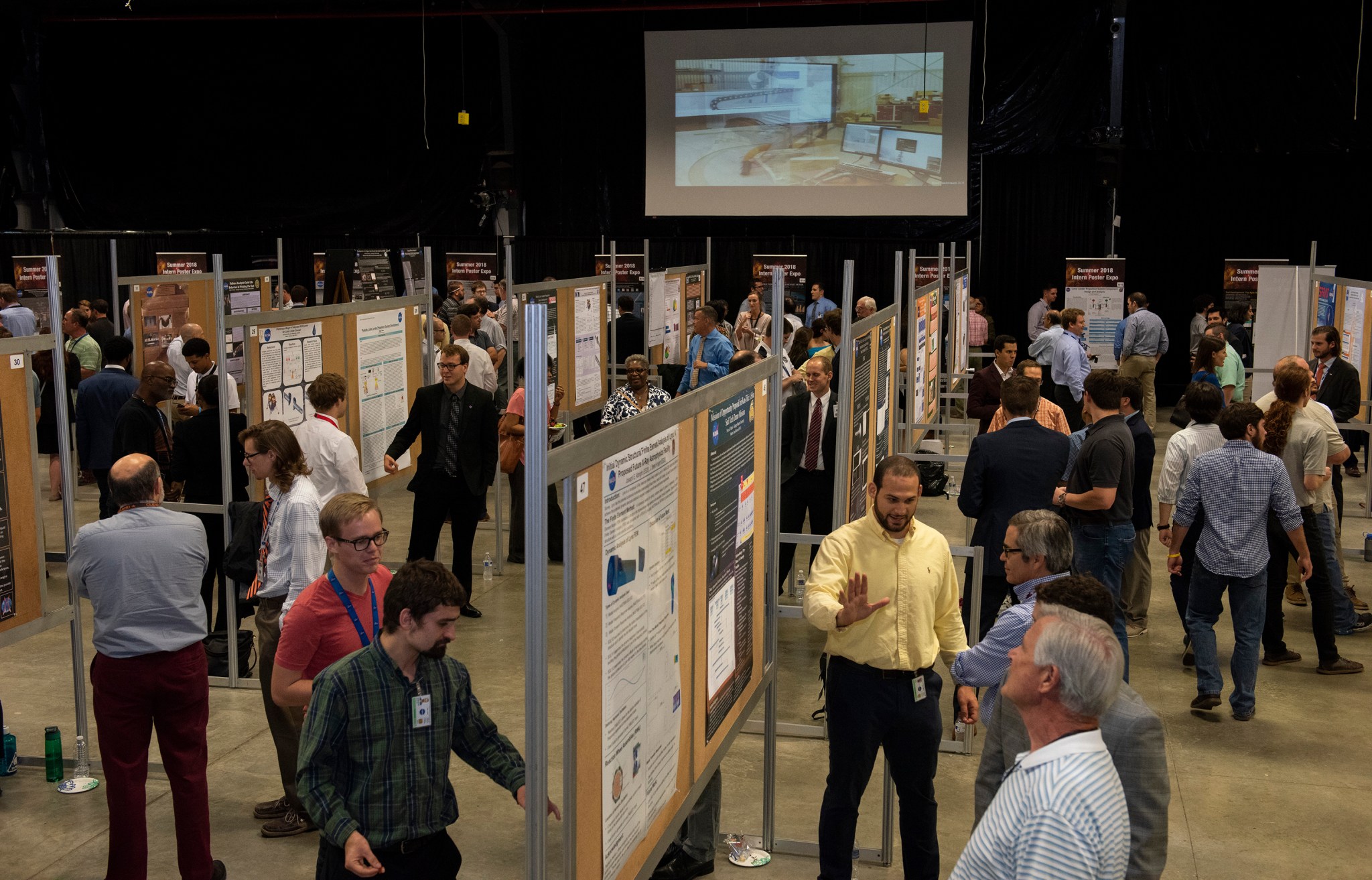
On Aug. 1, almost 200 interns at NASA’s Marshall Space Flight Center participated in the 2018 Poster Exposition and Awards Ceremony. The annual event recognizes Marshall interns’ achievements in NASA fields of study, as well as the completion of their summer internships. Marshall team members visited with the interns, viewed their poster designs and learned more about their work experiences. (NASA/MSFC/Emmett Given)
This Week in NASA History: Juno Launches – Aug. 5, 2011
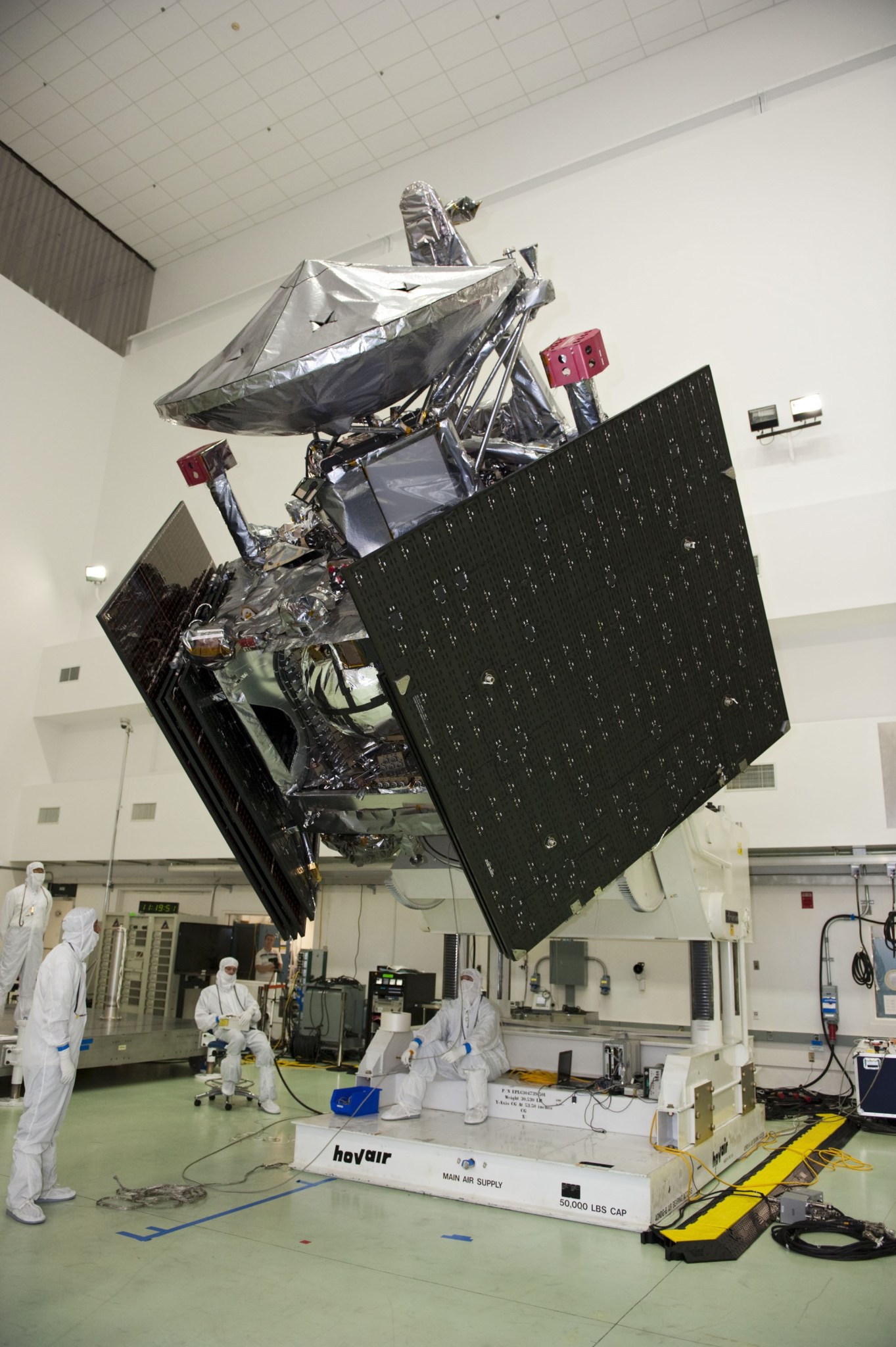
This week in 2011, the Juno spacecraft was launched from Cape Canaveral Air Force Station aboard an Atlas V rocket to begin a five-year journey to Jupiter. Juno’s principal mission is to orbit Jupiter’s poles to find out more about the gas giant’s origins, structures, atmosphere and magnetosphere, and investigate the existence of a solid planetary core. Here, the spacecraft is tested for center of gravity, weighing and balancing on the rotation stand in Astrotech’s payload processing facility in Titusville, Florida. The Juno mission is part of the New Frontiers Program, managed at NASA’s Marshall Space Flight Center for the agency’s Science Mission Directorate. The NASA History Program is responsible for generating, disseminating and preserving NASA’s remarkable history and providing a comprehensive understanding of the institutional, cultural, social, political, economic, technological and scientific aspects of NASA’s activities in aeronautics and space. For more pictures like this one and to connect to NASA’s history, visit the Marshall History Program’s webpage. (NASA)

